Photographers: Roberto Conte
The collaboration with photographers creates Architectuul’s catalogue with amazing photo material from all over the world. Find out more about architectural photographers and their work on our Pinterest Boards! This first edition is dedicated to Roberto Conte, who already contributed his Concrete Patterns.
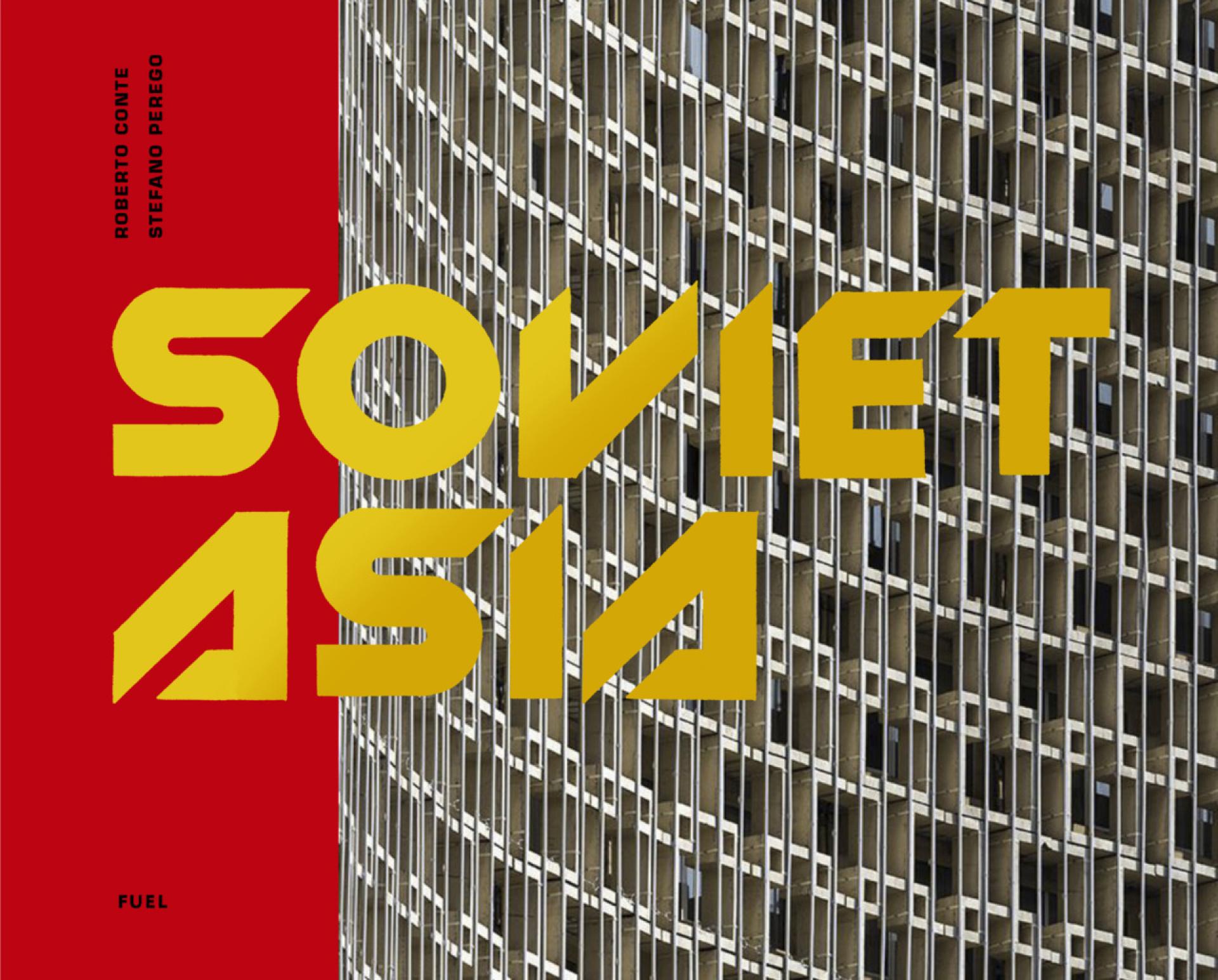
Together with Stefano Perego they just published Soviet Asia: Soviet Modernist Architecture in Central Asia in which they present material from the former Soviet republics of Kazakhstan, Kyrgyzstan, Uzbekistan and Tajikistan, documenting buildings constructed from the 1950s until the fall of the USSR. In this occasion we talked with Roberto.
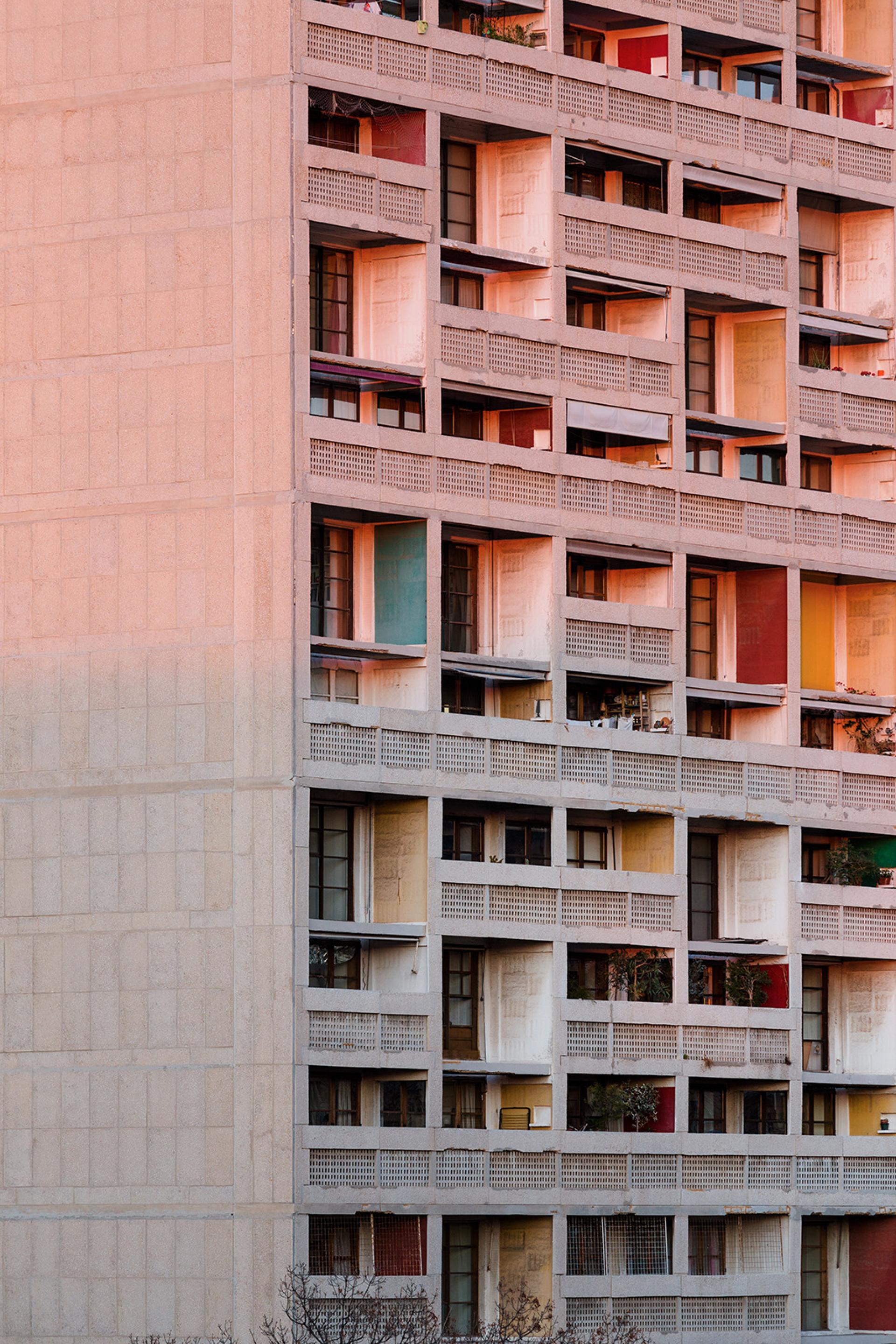
The Unité d'Habitation or Cité Radieuse by Le Corbusier (1947-1952) in Marseille, France. | © Roberto Conte (2017)
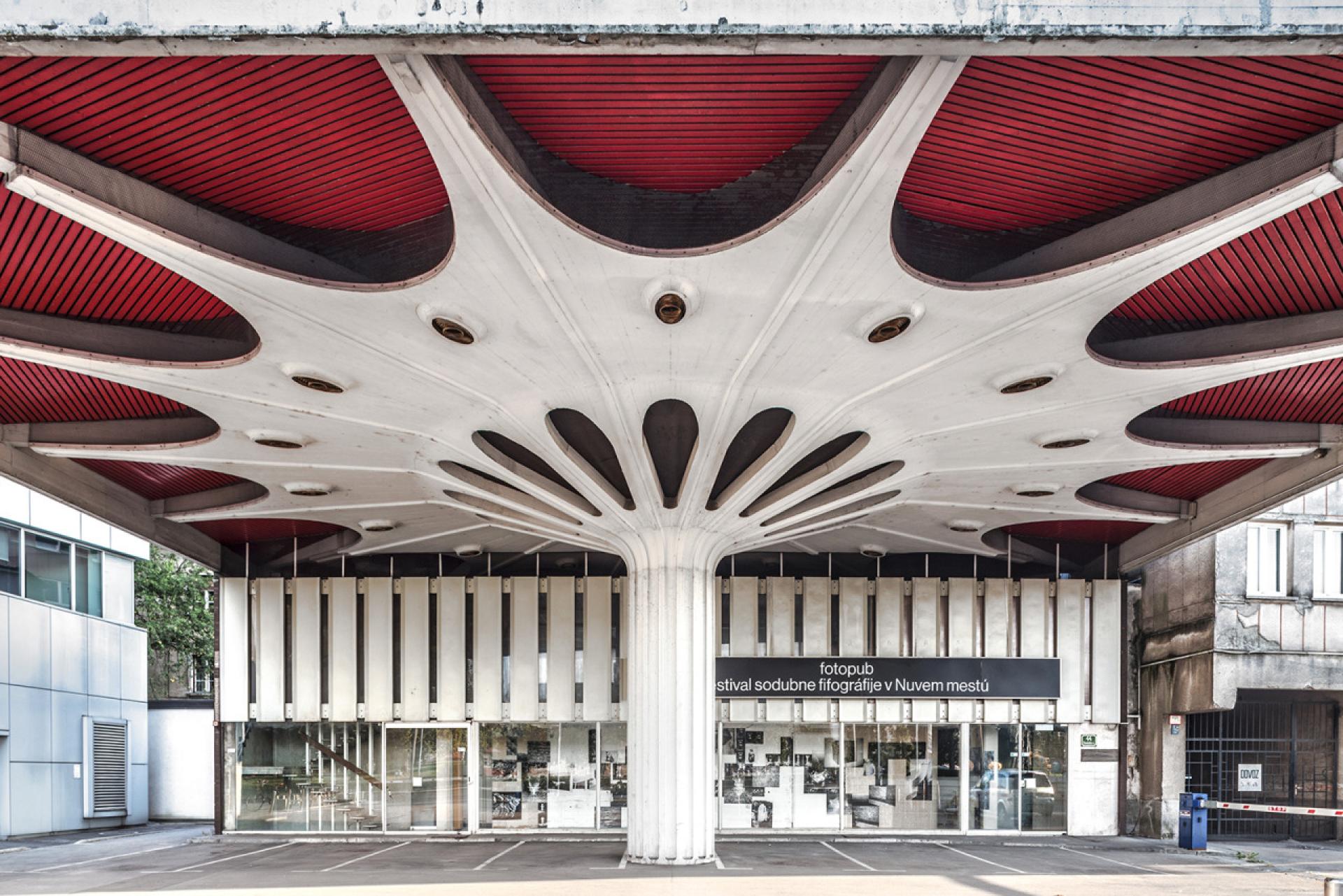
Petrol station by Milan Mihelič (1968) in Ljubljana, Slovenia. | Photo © Roberto Conte (2017)
What is the role of photography in architecture?
RC: Architects have always been very careful about the way their buildings were photographed. Not everyone has the possibility or the privilege to experience architecture. Sometimes a photo is the only way to have a sensorial relation with the object. Because of the digital render aesthetic, we often don’t experience what was actually built.
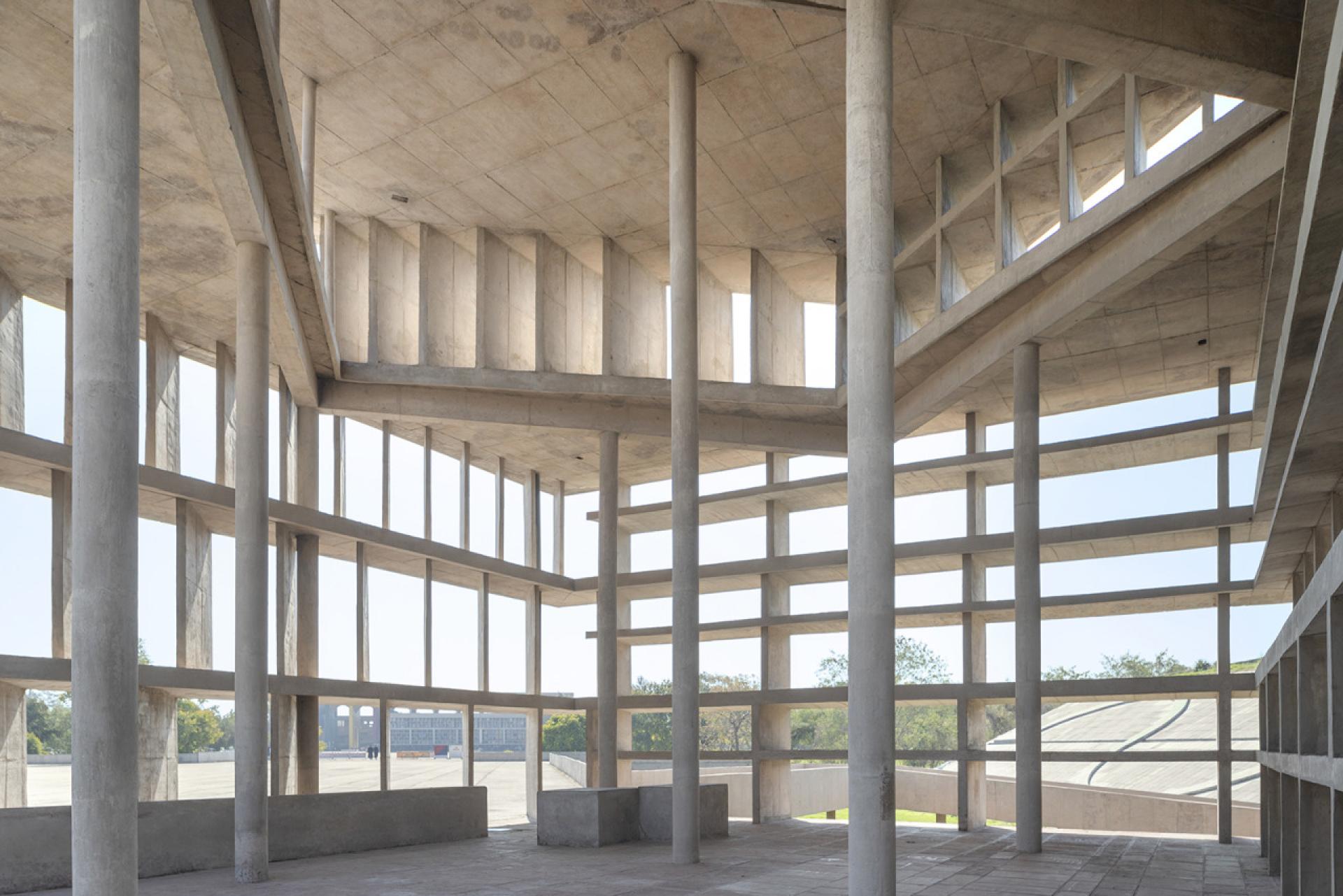
Tower of Shadows by Le Corbusier (1957) in Chandigarh, India. | Photo © Roberto Conte (2019)
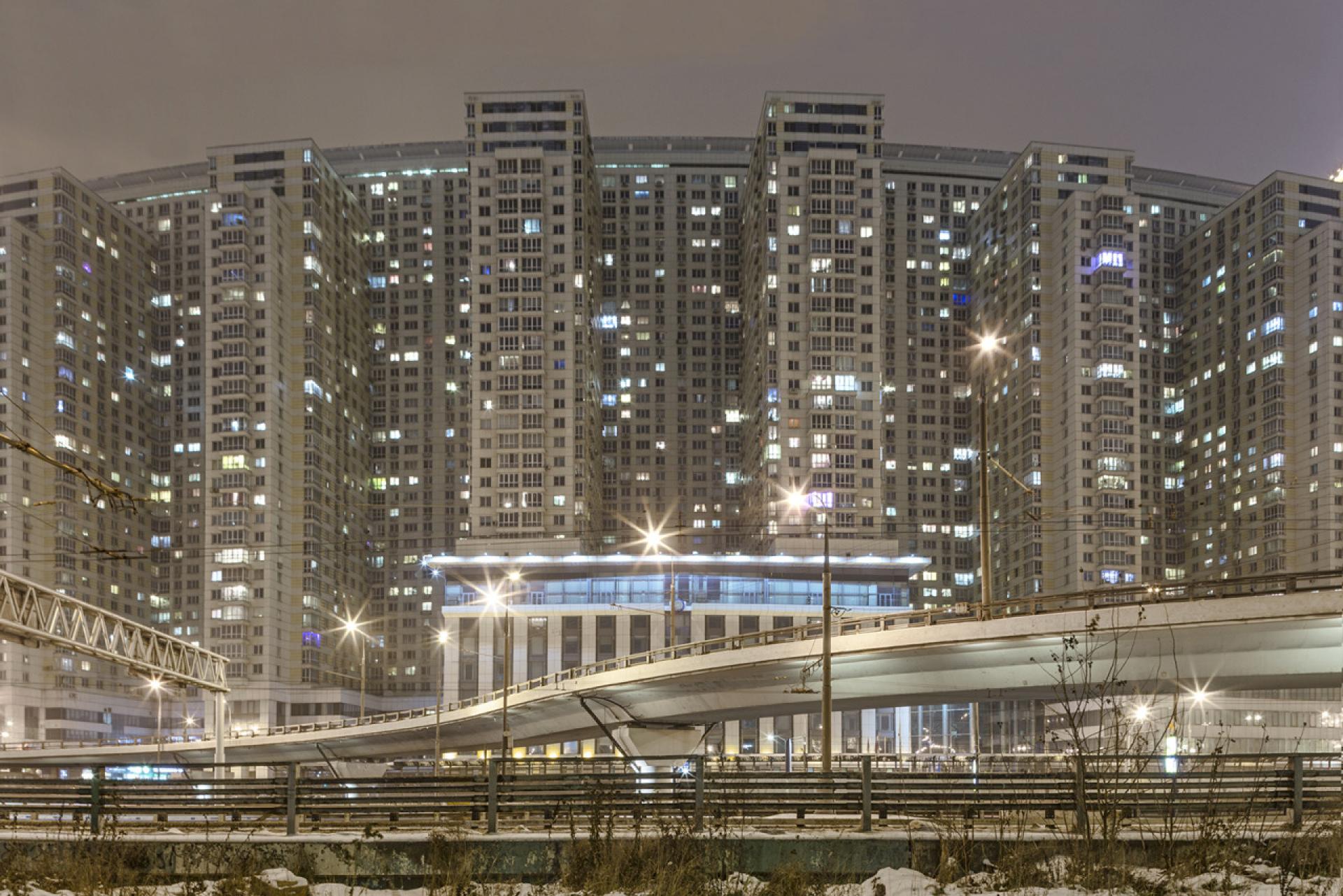
From Moscow, Russia. | Photo © Roberto Conte (2017)
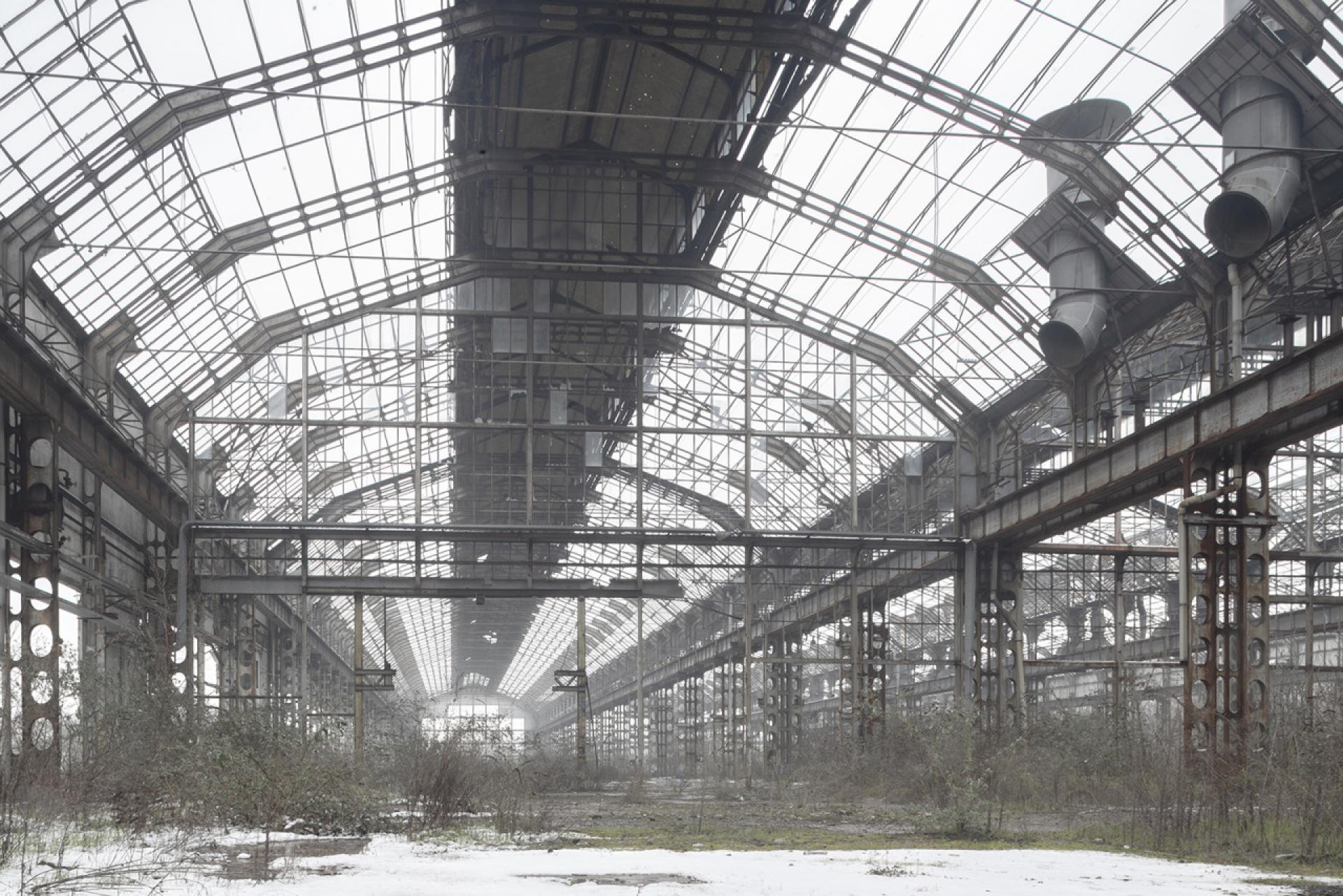
An abandoned historical Innocenti Maserati plant in Milan, Italy. | Photo © Roberto Conte (2018)
How do you work; which is your approach?
RC: I start with a research of information and a customer’s brief about the project. I also pay attention on time checking for best natural lights on the site with digital maps and specific software. I tend to explore around location often knocking at the doors of nearby houses to have specific views on the matter. Regarding the images results, I always try to give a good representation of the structure itself from an analytical point of view, showcasing the project features, as well as trying to trigger emotions as surprise or interest.
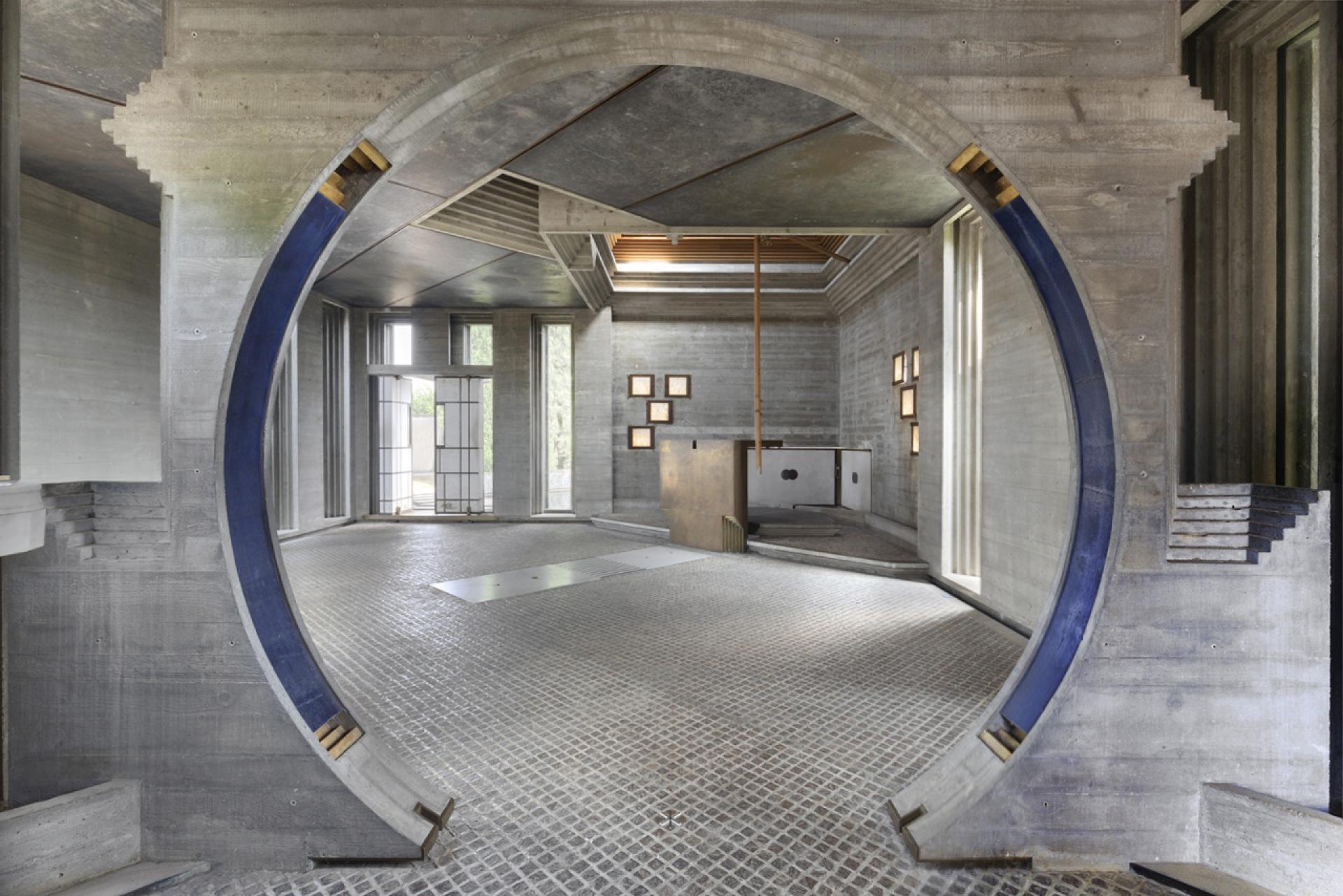
Brion Vega Cemetery by Carlo Scarpa (1972) in San Vito d'Altivole/ Treviso, Italy. | Photo © Roberto Conte (2018)
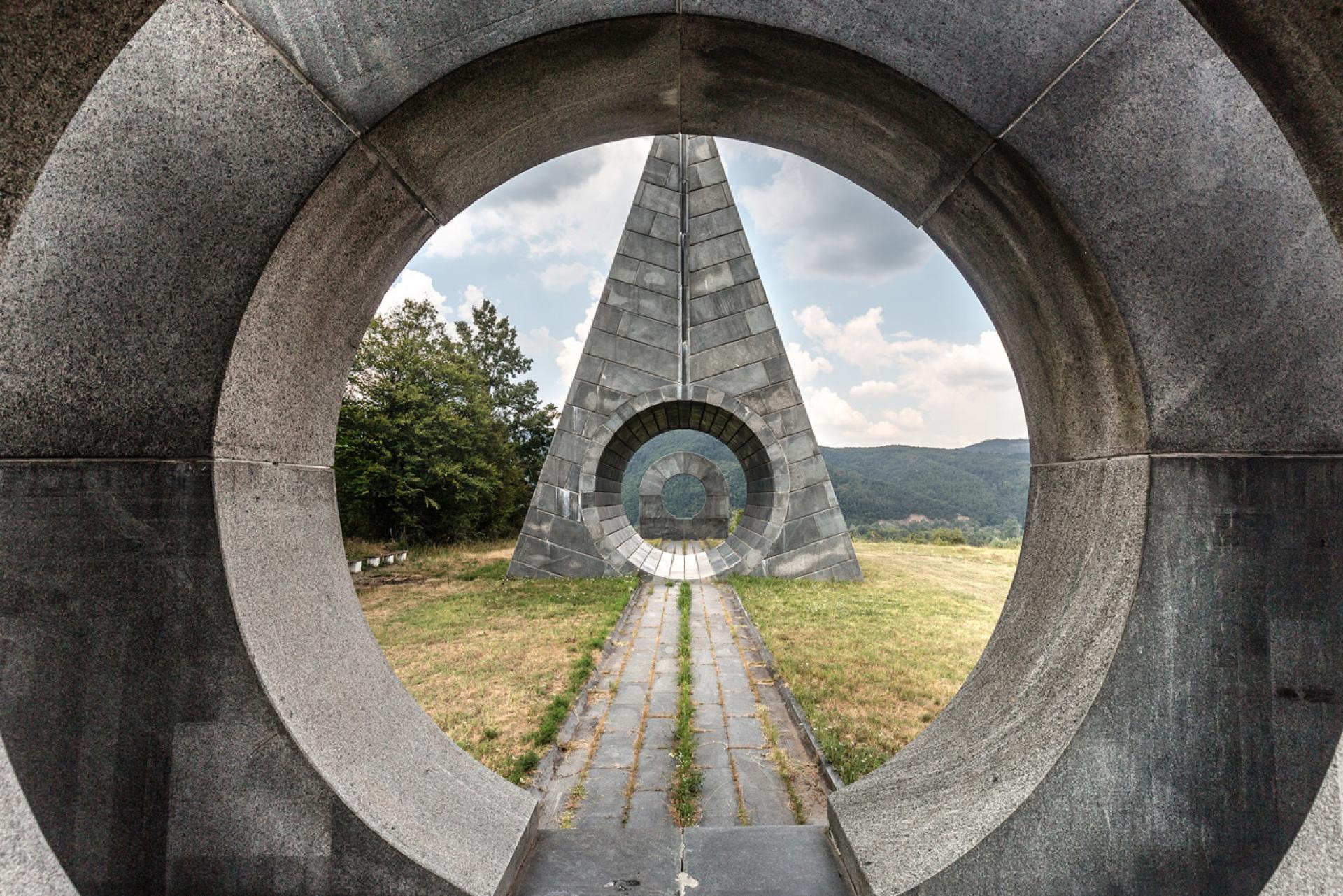
Memorial Park by Bogdan Bogdanović (1978-1981) in Popina, Serbia. | Photo © Roberto Conte (2017)
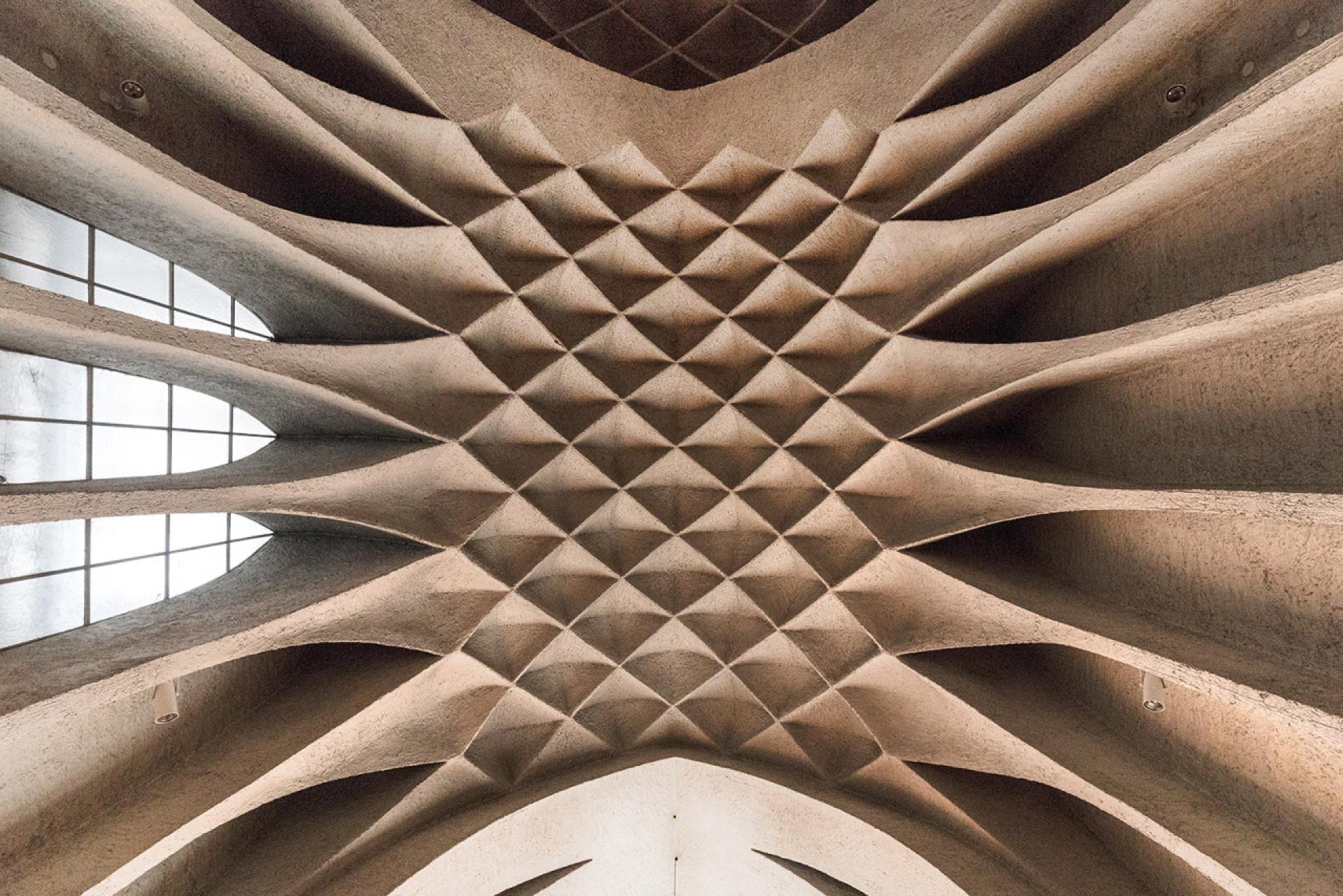
Church of St. John the Baptist by Dominikus Böhm (1922-1926) in Neu-Ulm, Germany. | Photo © Roberto Conte (2016)
What are the difficulties?
RC: Mostly are related to light management, points of view restraints as well as site condition, when there are objects that impact too much on the site or hide the building. Some buildings are difficult to be photographed in Spring or Summer because they are surrounded by trees or some facades are pointing towards the North. In strong sunny days that makes difficult to get a good picture.
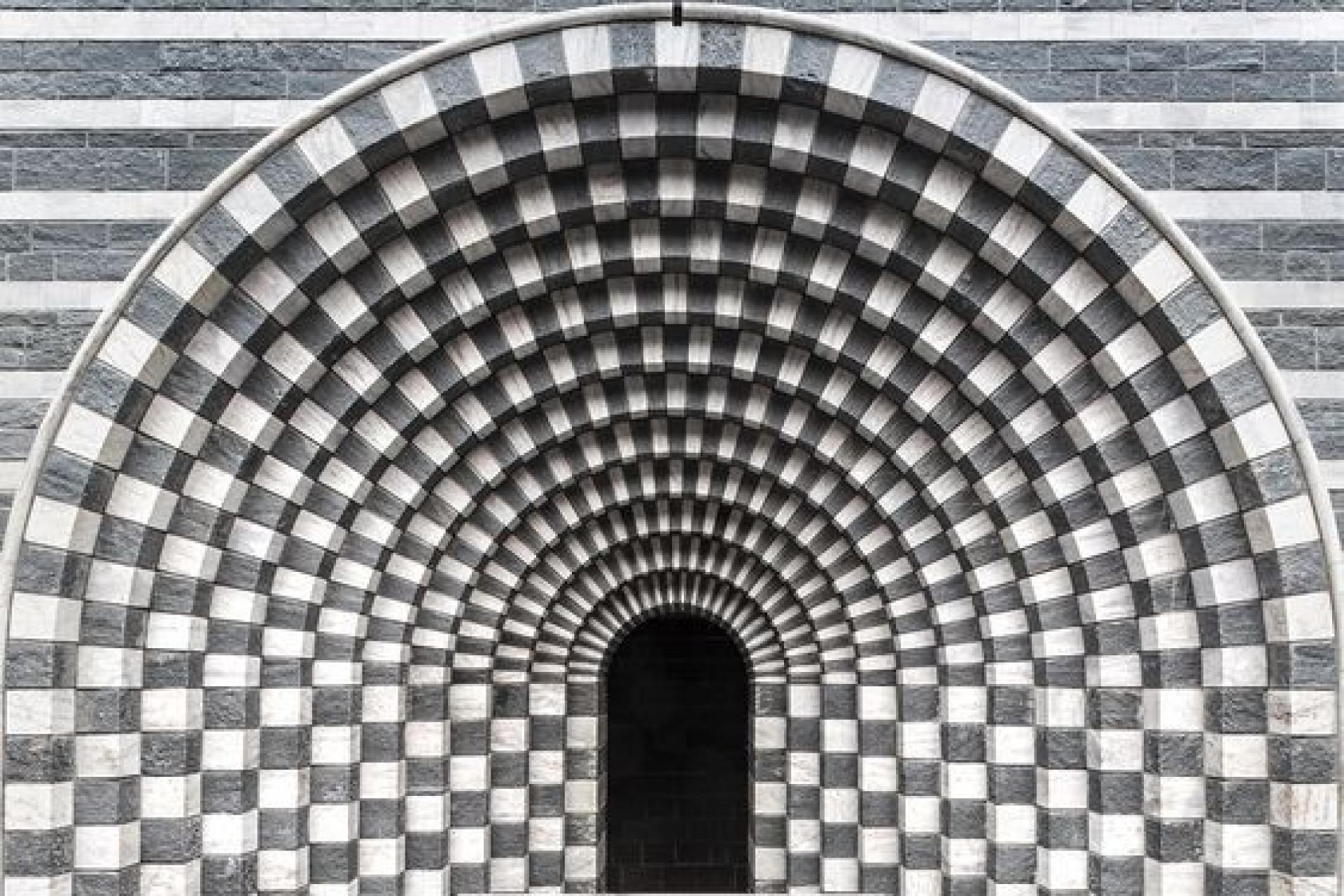
St. John the Baptist’s church by Mario Botta (project 1986-1992, construction 1996-98) in Mogno, Switzerland. | Photo © Roberto Conte (2016)
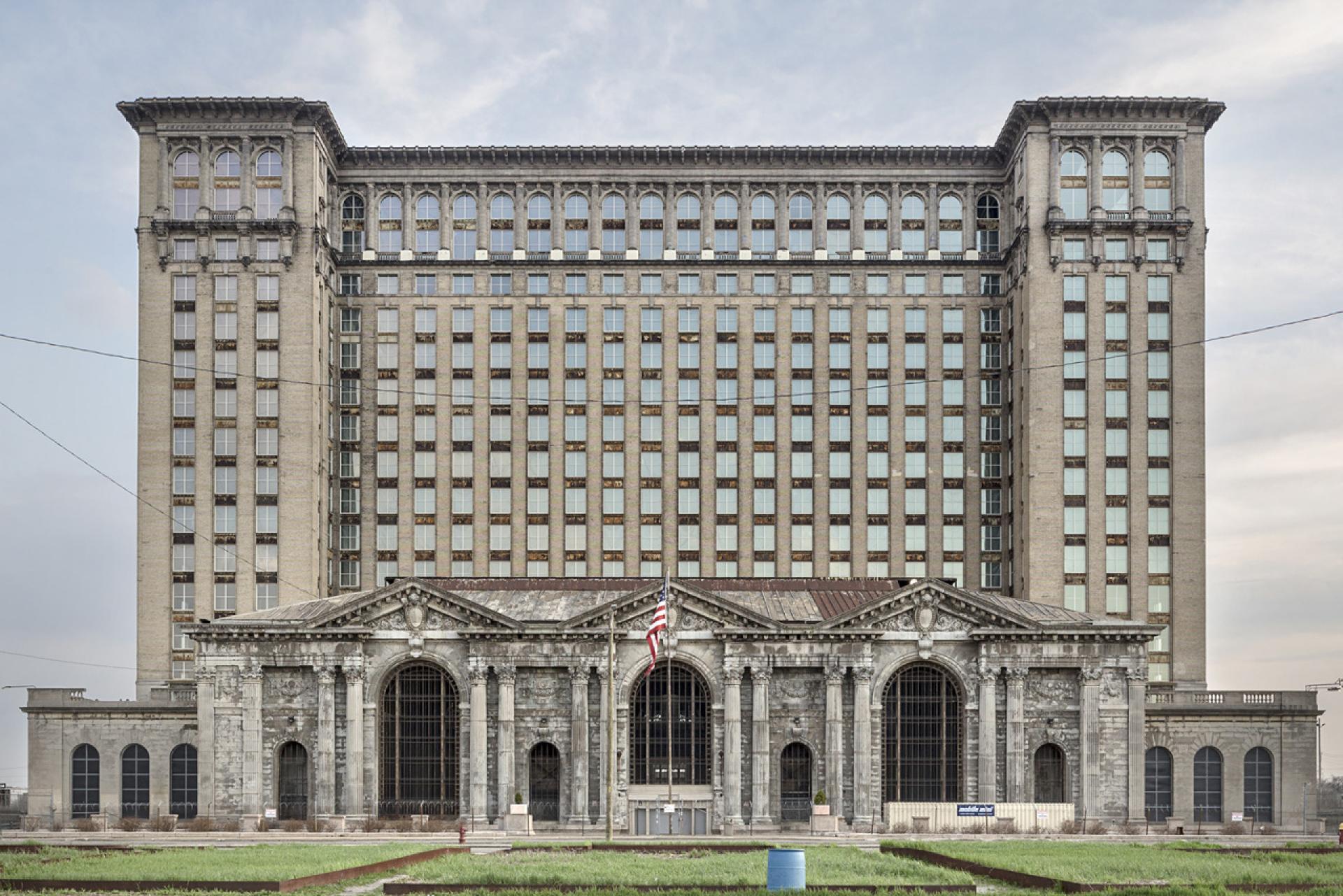
The Michigan Central Station by Warren & Wetmore and Reed and Stem (1914) in Detroit, Michigan USA. | Photo © Roberto Conte (2018)
What is your inspiration?
RC: One of my main sources is definitely Gabriele Basilico, followed by Bernd and Hilla Becher, Andreas Gursky, Edward Burtynsky and Frédéric Chaubin.
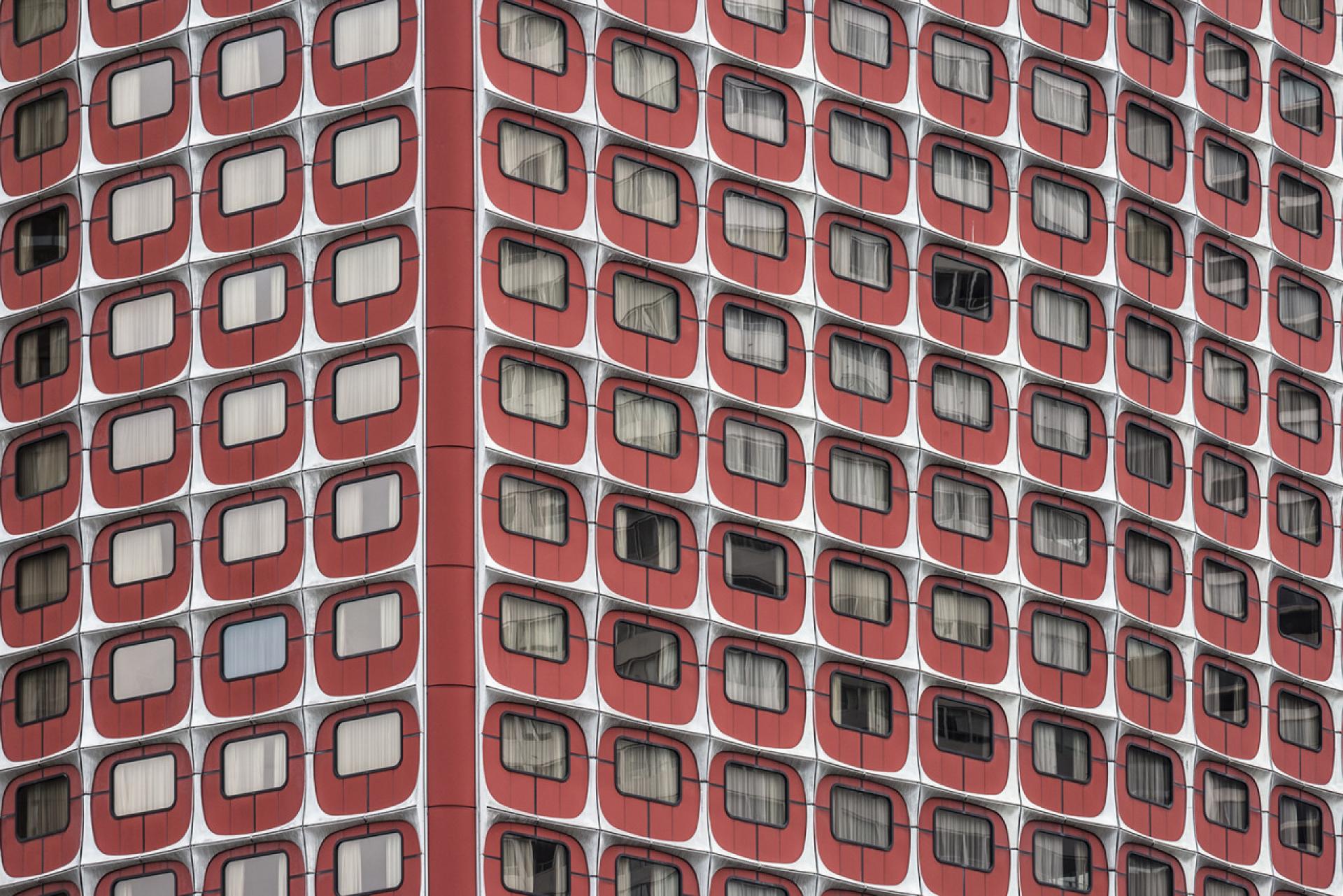
Hotel Novotel Paris Tour Eiffel by Julien Penven and Jean-Claude Le Bail (1976) in Paris, France. | Photo © Roberto Conte (2017)
Roberto Conte is based in Milano, Italy.